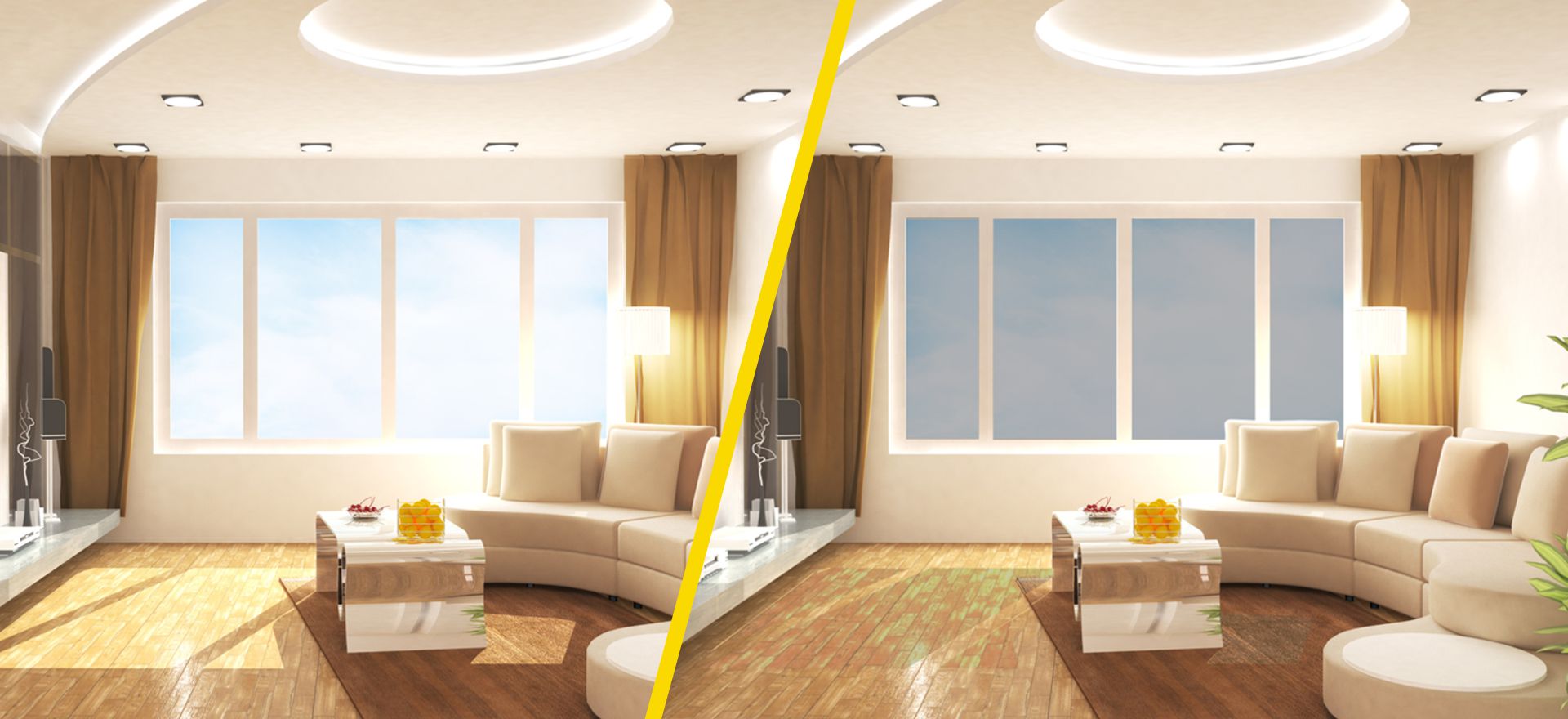In this blog, we explain the factors that influence indoor air quality, their impact on health and measures you can take to improve the climate at home or at work.
By indoor climate, we mean the interplay of various factors that affect our health, well-being and performance.
These factors include the temperature, humidity, air movement and air quality in a room:
1. Temperature: A temperature between 20 and 23 °C is considered comfortable in living and working spaces. The following measures can be helpful for sustainable and environmentally friendly regulation:
Sun protection devices on windows, which protect against heat in warm months and provide insulation in winter
Window insulation and multiple glazing, which improve energy efficiency
2. Humidity: We feel comfortable when the humidity is between 40 and 60%. Higher humidity can promote mould growth, while too low humidity can irritate our mucous membranes and lead to increased susceptibility to infection. A hygrometer is a quick and inexpensive way to measure humidity. The following are useful:
Humidifiers or dehumidifiers that regulate relative humidity as needed.
3. Air movement: Draughts or insufficient air movement (‘stagnant air’) are perceived as disturbing. The following measures can help:
Insect screens allow you to ventilate with the windows open without insects entering the room.
Window ventilation systems can provide a controlled supply of fresh air.
4. Air quality: Environmental toxins, odours and allergens/dust, which either enter the room from outside or evaporate from new furniture and carpets, also have a negative impact on the indoor climate. The following measures can help to combat this:
Intensive ventilation/cross ventilation reduces the risk of mould and the CO2 content of the air. Ideally, this value should be between 400 and 800 ppm. If the CO2 content is too high, it can lead to fatigue, severe headaches and poor concentration, and can increase the risk of infection due to an increased amount of aerosols and germs.
Houseplants filter pollutants from the air and produce oxygen.
A WinClip window guard can have a positive effect on several factors that influence the indoor climate.
=> Temperature:
As external sun protection, it insulates the interior from heating up.
In winter, it keeps the heat inside the room.
=> Air movement and humidity:
When the window is open, it ensures pleasant air movement.
Air exchange reduces humidity
=> Air quality:
When the window is open, the CO2 content drops to an optimal level
Insects and pollen dust remain outside
All of this promotes health and well-being. It promotes both sleep quality and concentrated work without headaches or fatigue.
In addition, the WinClip protects your furnishings such as pictures, floors and appliances from excessive UV radiation and, unlike roller shutters, allows you to see outside.
The WinClip for an optimal indoor climate, an innovative must-have for living spaces and workplaces where you want to feel comfortable.
Image credit: etsi1112, stock.adobe.com

